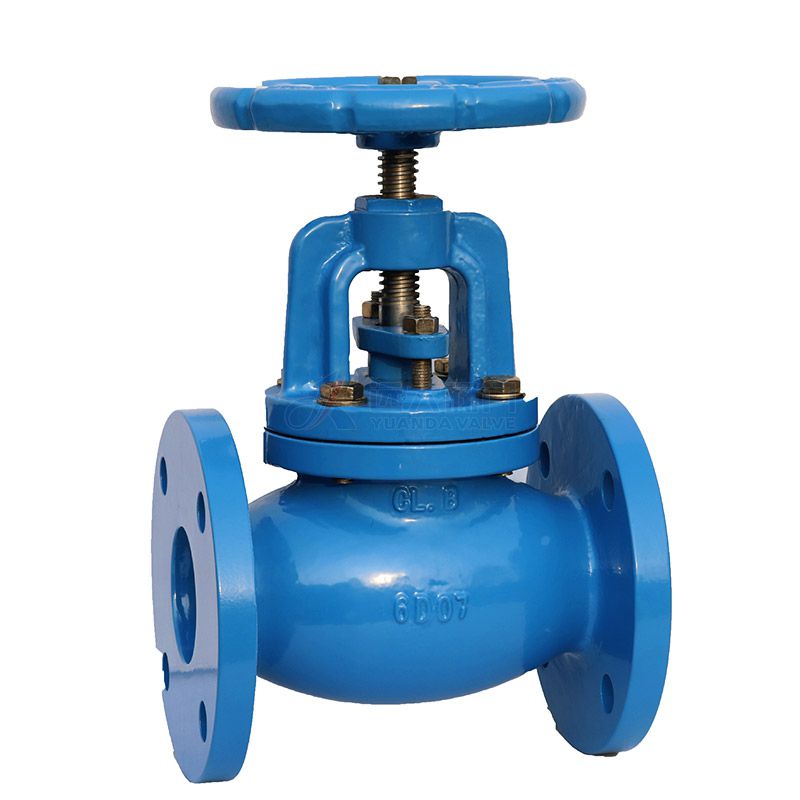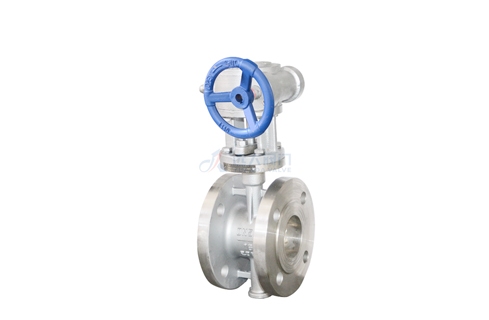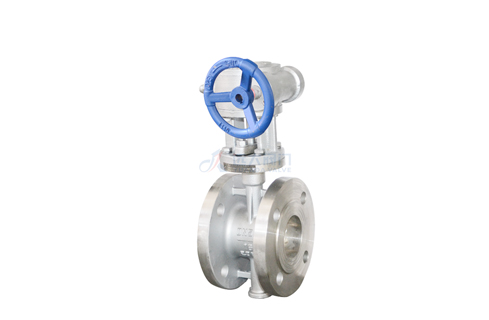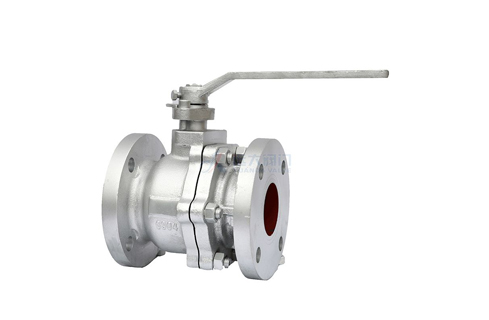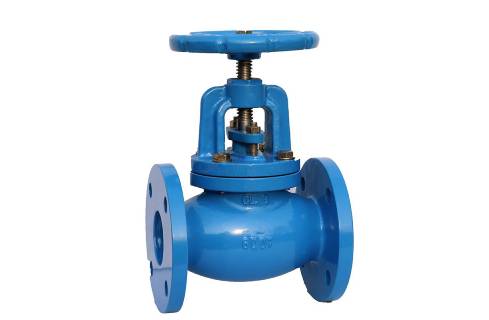The butterfly valve is also called butterfly valve, as the name suggests, its key parts like a butterfly against the wind, free rotation. The butterfly valve disc is the disc, around the seat of a shaft rotation, the size of the angle of rotation is the valve open and close.
1.Butterfly valve construction
The butterfly valve is mainly composed of the valve body, living body, valve shaft, bearing, sealing device, operating mechanism, and accessories.
2.How butterfly valves work
The butterfly valve is according to rotate the valve stem drive disc rotating at the same time for opening and closing of a valve, cylindrical channels in the butterfly valve body, disc around the axis of rotation, mainly is 90 ° rotating disc for flow control, when the butterfly plate reaches 90 ° valves in the fully open position, at the same time can change the angle of the butterfly plate to adjust the medium flow rate, generally installed on the diameter of the pipe direction. Butterfly valve and stem themselves are not capable of locking, in order to effectively regulate the flow need to install worm gear reducer, the butterfly valve equipped with worm gear reducer not only makes the butterfly valve self-locking ability but also can change the operating performance of butterfly valve and more accurate regulation of medium flow.
1)Butterfly valve has small flow resistance when fully opened. When opened at about 15°-70°, and can be sensitive flow control, thus in the field of large-diameter regulation, the butterfly valve is a very common application. Most butterfly valves can be used in media with suspended solid particles because the disc movement is scrubbing. Depending on the strength of the seal, it can also be used for powder and granular media.
2)Butterfly valve is suitable for flow regulation. The butterfly valve in the pipe pressure loss is relatively large, about three times as much as the gate valve, so when choosing butterfly valve, the pipeline system should be fully considered by the impact of pressure loss, should also consider the butterfly plate under the pressure of the pipeline medium strength. In addition, consideration must be given to operating temperature limitations of resilient seat materials at high temperatures.
3)The structure length and overall height of the butterfly valve are small, opening and closing speed is fast, and has good fluid control characteristics. The butterfly valve structure principle is most suitable for the manufacture of large diameter valves. When butterfly valves are required for flow control, the most important thing is to correctly select the specifications and types of butterfly valves so that they can work properly and effectively.
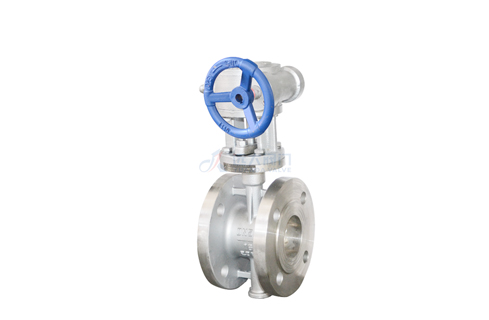
3.History
Butterfly valves have been in use since the end of the 18th century. James Watt used a butterfly valve in his steam engine prototype. With advances in materials and technology, butterfly valves can be made smaller and can withstand higher temperatures. After World War II, synthetic rubber was used for seals, allowing butterfly valves to be used in more industries. In 1969, James E. Hemphill patented an improvement in the butterfly valve that reduced the hydrodynamic torque required to change the valve's output.
We are a Casting Valve Manufacturer. If you are interested in our products, please feel free to contact us.
